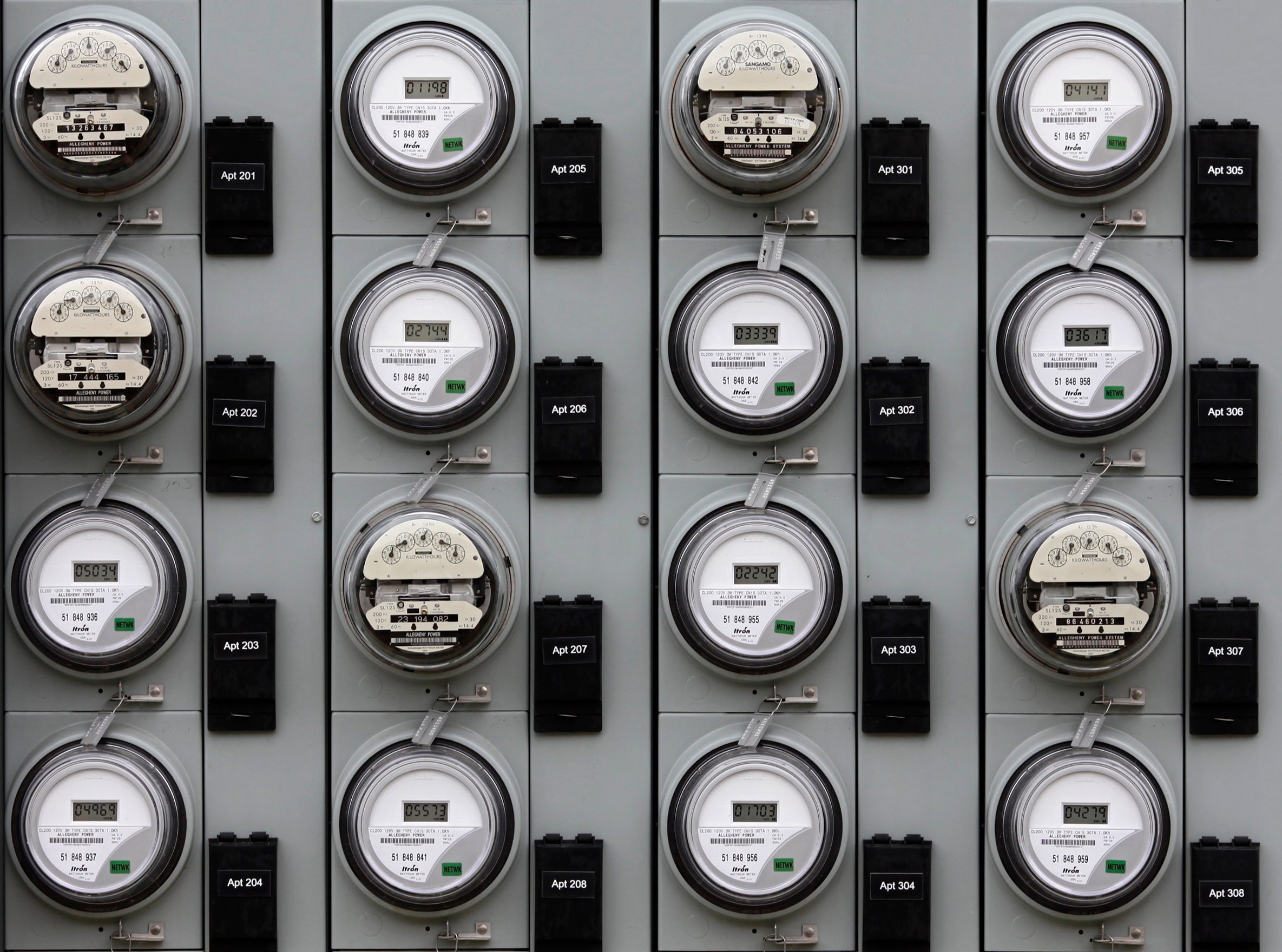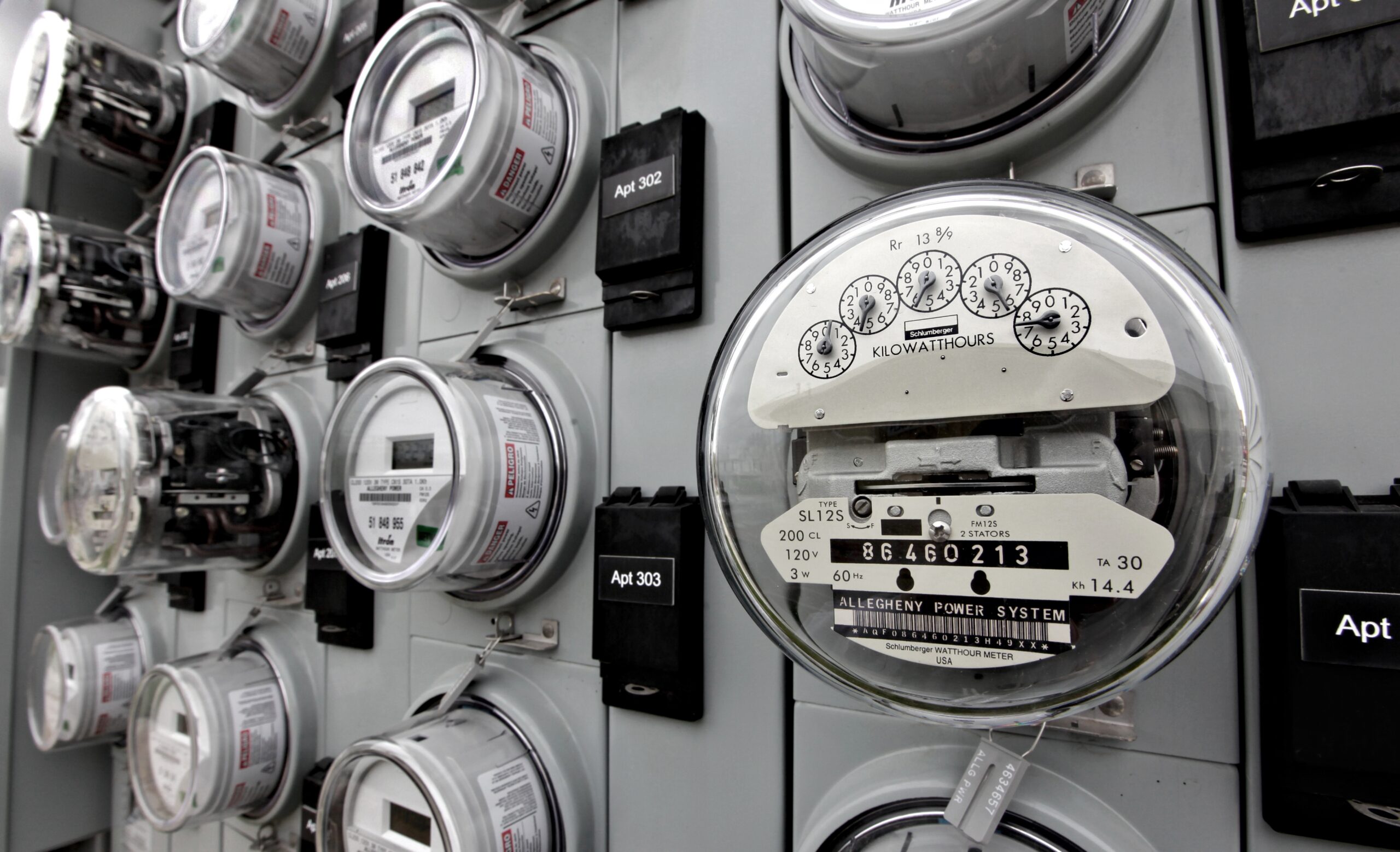Wisconsin utilities are urging customers who may have gotten behind on their energy bills to apply for energy assistance or inquire about payment plans ahead of the state’s utility disconnection moratorium ending on April 15.
“The last thing we want to do as an energy company is disconnect anyone, so we’re really urging them (customers) to be proactive if they need assistance,” said Veronica Stober, manager of credit collections at Alliant Energy.
But advocates argue recent rate increases have made it difficult for consumers to afford rising energy bills, along with other inflationary price increases. They also said the end of the disconnection moratorium disproportionately affects people of color and low-income households.
News with a little more humanity
WPR’s “Wisconsin Today” newsletter keeps you connected to the state you love without feeling overwhelmed. No paywall. No agenda. No corporate filter.
“Families are faced with impossible choices between paying for food, rent, child care, health care or keeping the electricity on,” said Cassie Steiner, senior campaign coordinator for the Sierra Club-Wisconsin Chapter. “(The) energy burden in Wisconsin is a compounding crisis that must be addressed, and utilities and the (Public Service Commission of Wisconsin) are in the position to do so.”
The main forms of energy assistance available to Wisconsinites are the Wisconsin Home Energy Assistance Program through the state, or an assistance program through the nonprofit Keep Wisconsin Warm/Cool Fund. Those programs are available to people making 60 percent or less of the state’s median household income. For example, a family of five earning $5,968 or less per month would qualify.
Last year, the state energy assistance program paid $120 million to aid households. Through March 22 this year, according to the Public Service Commission, $80.7 million funded assistance to roughly 150,000 households.
“Wisconsinites should start making a plan with their utility providers, but I encourage them to seek additional assistance through the Wisconsin Home Energy Assistance Program and contact the Public Service Commission if more help is needed,” Public Service Commission Chair Rebecca Cameron Valcq said in a statement.
Non-municipal utilities are also required to offer payment plans that allow customers who have gotten behind on their bills to spread their outstanding balance over several months instead of paying it all at once.
The specific terms of those programs may vary from utility-to-utility and be based on a customer’s history, Stober said.
“A customer is always going to be eligible for a payment arrangement,” she said. “The terms of that payment arrangement — how long it’s going to be, what type of down payment is required — that’s all going to differ based on a customer’s previous default history.”
Brendan Conway, a spokesperson for WEC Energy Group — the parent company of We Energies and Wisconsin Public Service — said the utility sends customers a notice if they are at risk of disconnection.
He said utilities will also try to contact customers by phone or email to try to get them on a payment plan if they are at risk.
“If a customer gets on a payment plan (and) stays current, they’re not at risk of disconnection. We don’t just turn people off starting on April 15,” he said. “Disconnection is never something that we’re looking to do.”
Keviea Guiden, an energy burden organizer with the North Side Rising-Citizen Action advocacy group, said the end of the moratorium is especially difficult for Milwaukee’s majority Black and Latino neighborhoods.
She said people in those neighborhoods often make less money than their white neighbors and often rent poorly insulated old homes that leak warm air in the winter and cold air in the summer. She said We Energies’ recent 11 percent rate increase will make it especially difficult this year.
“How does someone who’s only making $7.25 an hour pay for an extra 11 percent increase on their bill, versus our surrounding suburban neighborhoods where predominantly white people reside with higher incomes, who can pay for this (and) whose houses are weatherized? They’re paying 1 or 2 percent of their annual income, versus the African American or Latinx community we’re paying anywhere from 8 to 20 percent of our annual income,” Guiden said.
She said the programs offering energy assistance are too restrictive because someone could be disqualified for making slightly more than the cutoff to qualify for assistance, and many people are unaware of how to apply.
“You could be making $23 over or maybe $2 over, which would make you not qualified,” Guiden said. “But if I’m what you call the ‘working poor,’ how am I (going) to be able to determine which bill I can pay? And that’s when it becomes a burden because now, your baby needs Pampers, you need food (and) you most definitely have to pay for shelter.”
Customers can contact their local utility to learn more about making a payment plan, or visit the state’s Division of Energy, Housing and Community Resources webpage for more information about energy assistance.
Editor’s note: Alliant Energy is an underwriter of Wisconsin Public Radio.
Wisconsin Public Radio, © Copyright 2026, Board of Regents of the University of Wisconsin System and Wisconsin Educational Communications Board.




